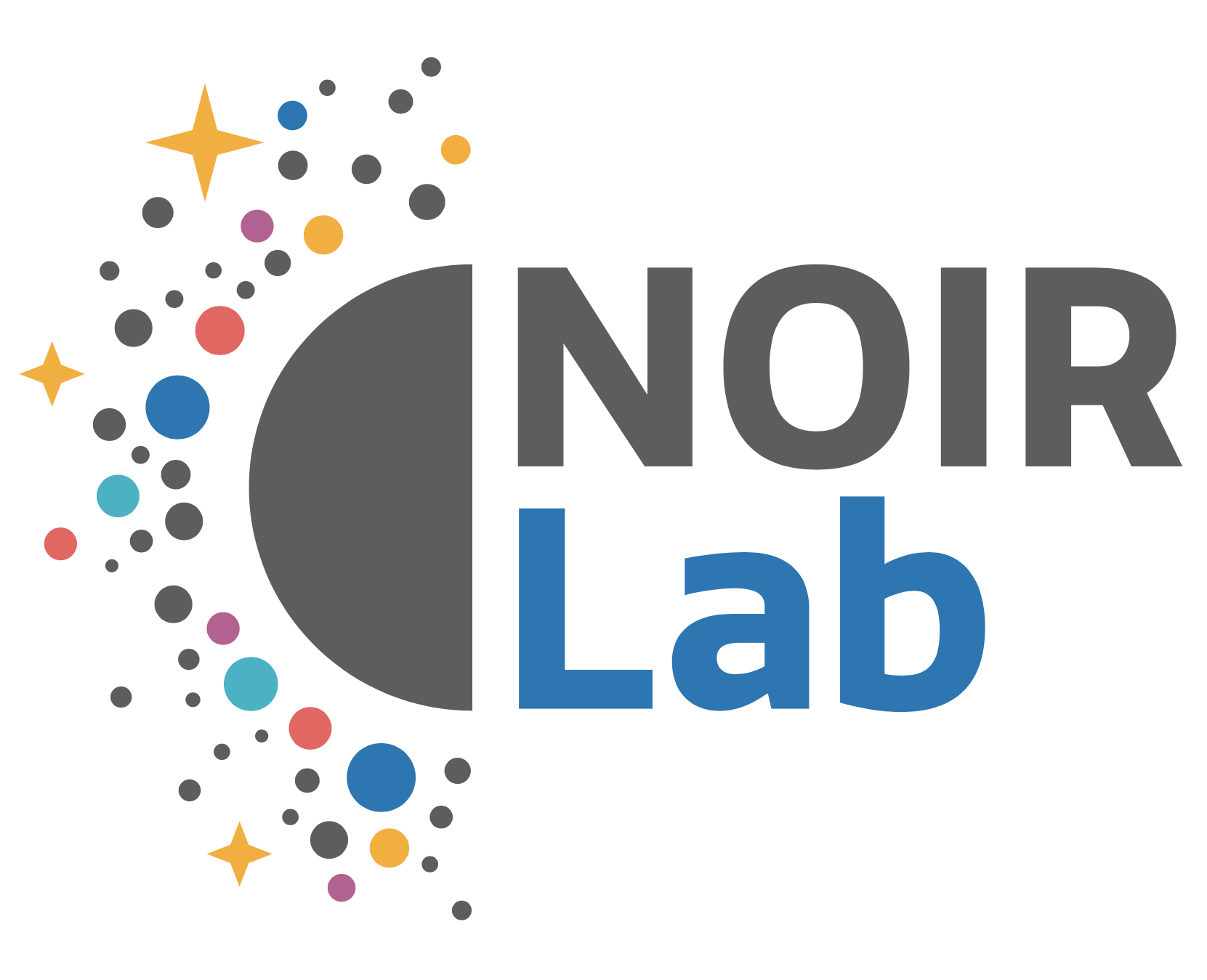Astronomers have long sought to map the night skies that can help scientists spot broad patterns across a population of objects, put new discoveries such as transient events in the context of their surroundings, and identify the best candidates for focused observations. And here’s The Siena Galaxy Atlas Project.



